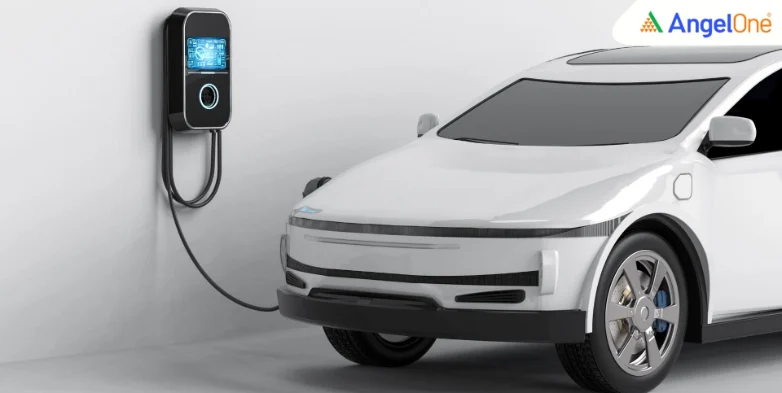
As per Times of India, India’s electric vehicle sector faces a localisation deficit, with only 6 out of 46 EV models meeting eligibility under the government’s Production-Linked Incentive (PLI) scheme, mainly due to persistent reliance on Chinese imports.
Only 13% of electric vehicles manufactured and sold in India currently meet the PLI scheme’s domestic value addition threshold. Out of 46 models evaluated, just 6 have met the requirement of 50% domestic value addition (lowered to 40% in case of imported battery cells). These include 5 models from Tata Motors and 1 from Mahindra. Other popular brands such as Tesla, Hyundai, BMW and Kia exceed 60% imported content, primarily sourced from China.
This dependency limits the local ecosystem’s growth and undermines the scheme’s goal of promoting self-reliance. The government's push for localisation faces implementation hurdles due to underdeveloped infrastructure in India's EV supply chain.
EV makers depend on China and Taiwan for components like lithium-ion battery cells, rare earth magnets, DC motors, laminated stators, and semiconductor chips. These vital parts are integral to powertrains and batteries, which comprise over 60% of an EV’s cost structure. Domestic production of these components remains economically unviable at current scales due to specialised material needs and advanced manufacturing complexity.
Read More: Electric Vehicle Retail Sales Rise Sharply in October: Passenger EVs Up 57%!
The models that qualified for PLI include Tata Punch, Nexon, Harrier, Tiago, and Tigor along with Mahindra’s XEV9E. Interestingly, Tata’s upcoming EV Curvv and Mahindra’s BE6 were not eligible, indicating local sourcing limitations even for established Indian manufacturers trying to scale EV business lines.
The PLI programme, launched in September 2021, offers financial benefits to automakers able to localise their production. It aims to reduce India's dependence on imports, cut supply chain risks and create a competitive manufacturing base. However, scale-building is slow, as achieving 60% value addition over the targeted 50 GWh battery capacity demands high investment and expansive technological capabilities.
India’s ambition to localise EV manufacturing faces genuine constraints due to core technological gaps and overdependence on imported components, especially from China. While domestic giants have made some headway, the broader industry must overcome infrastructural and economic barriers to align with government localisation targets under the PLI scheme.
Disclaimer: This blog has been written exclusively for educational purposes. The securities or companies mentioned are only examples and not recommendations. This does not constitute a personal recommendation or investment advice. It does not aim to influence any individual or entity to make investment decisions. Recipients should conduct their own research and assessments to form an independent opinion about investment decisions.
Investments in the securities market are subject to market risks, read all the related documents carefully before investing.
Published on: Nov 24, 2025, 12:09 PM IST

Team Angel One
We're Live on WhatsApp! Join our channel for market insights & updates